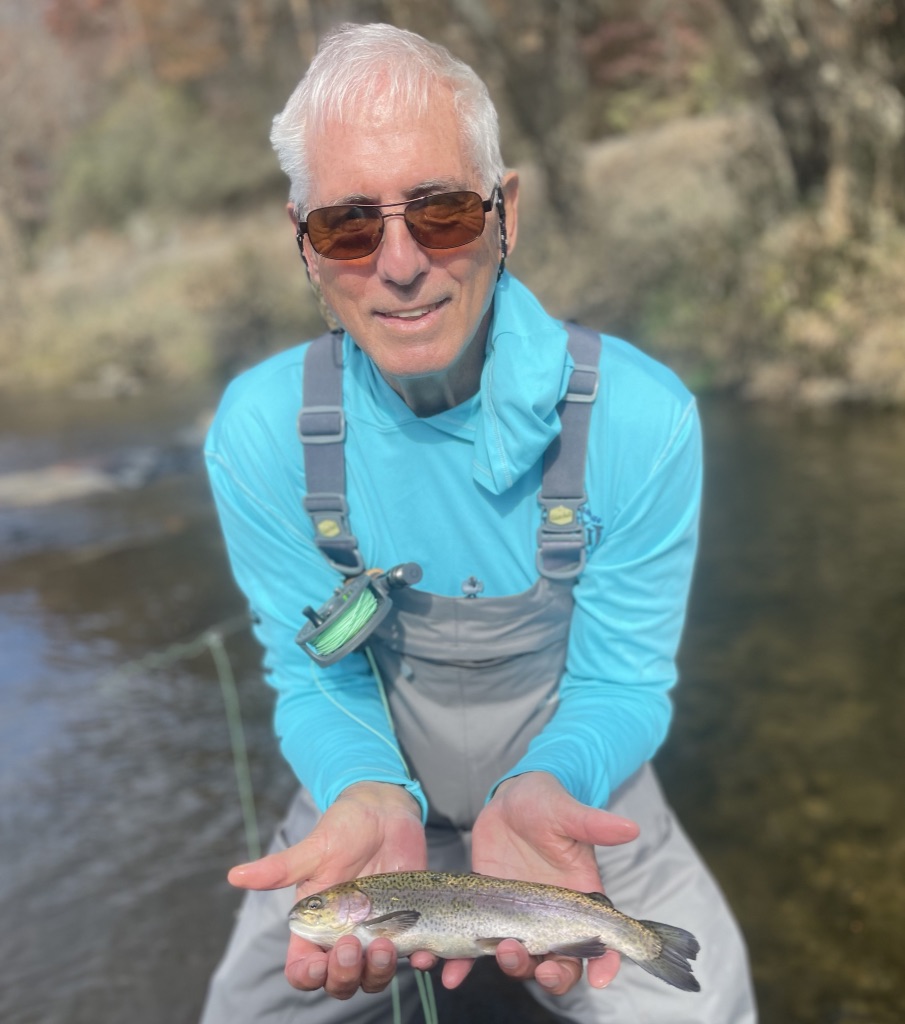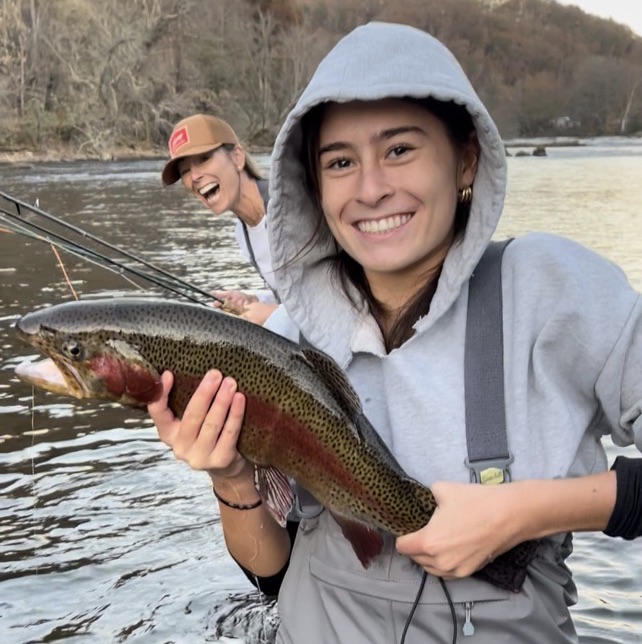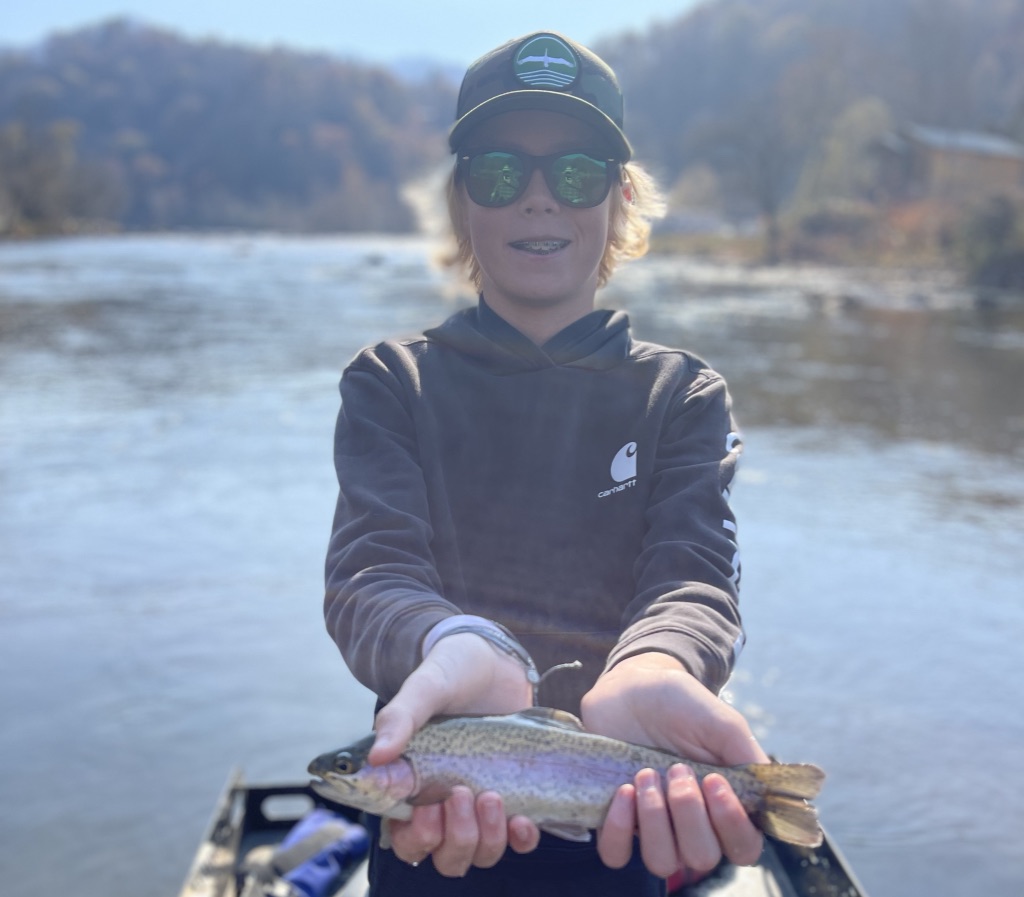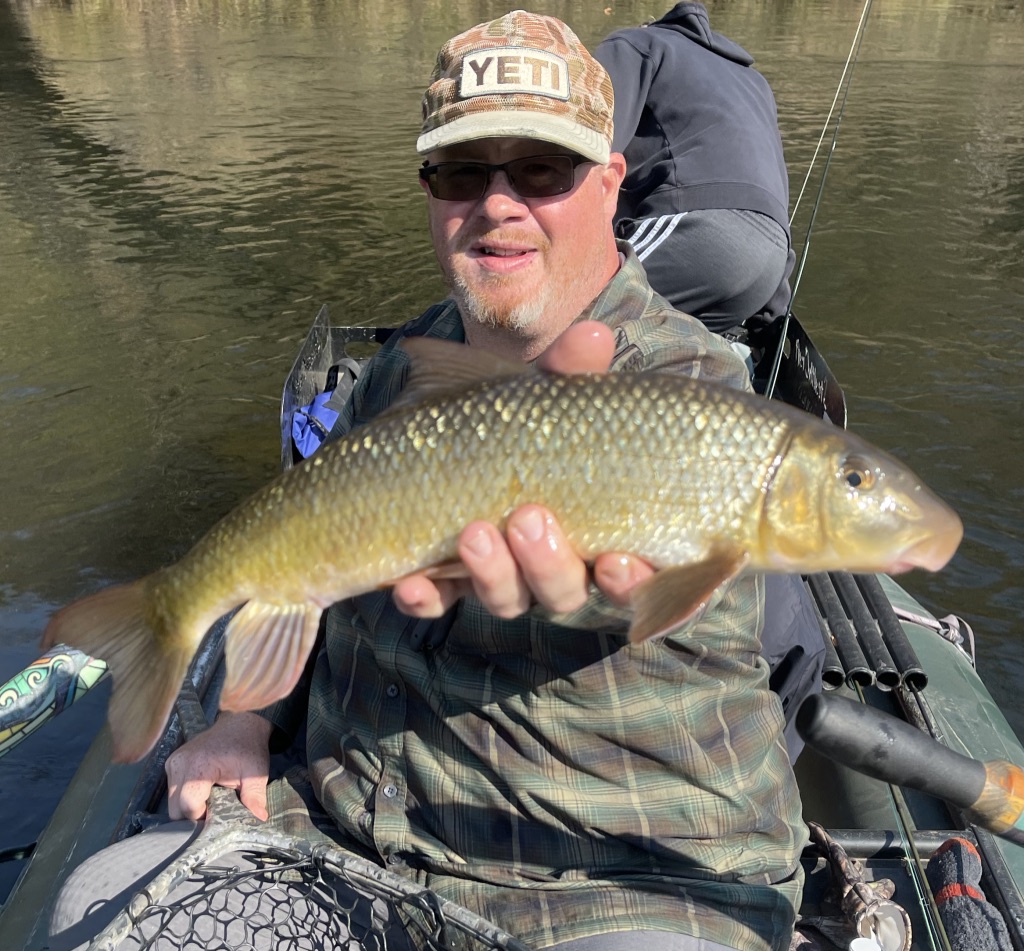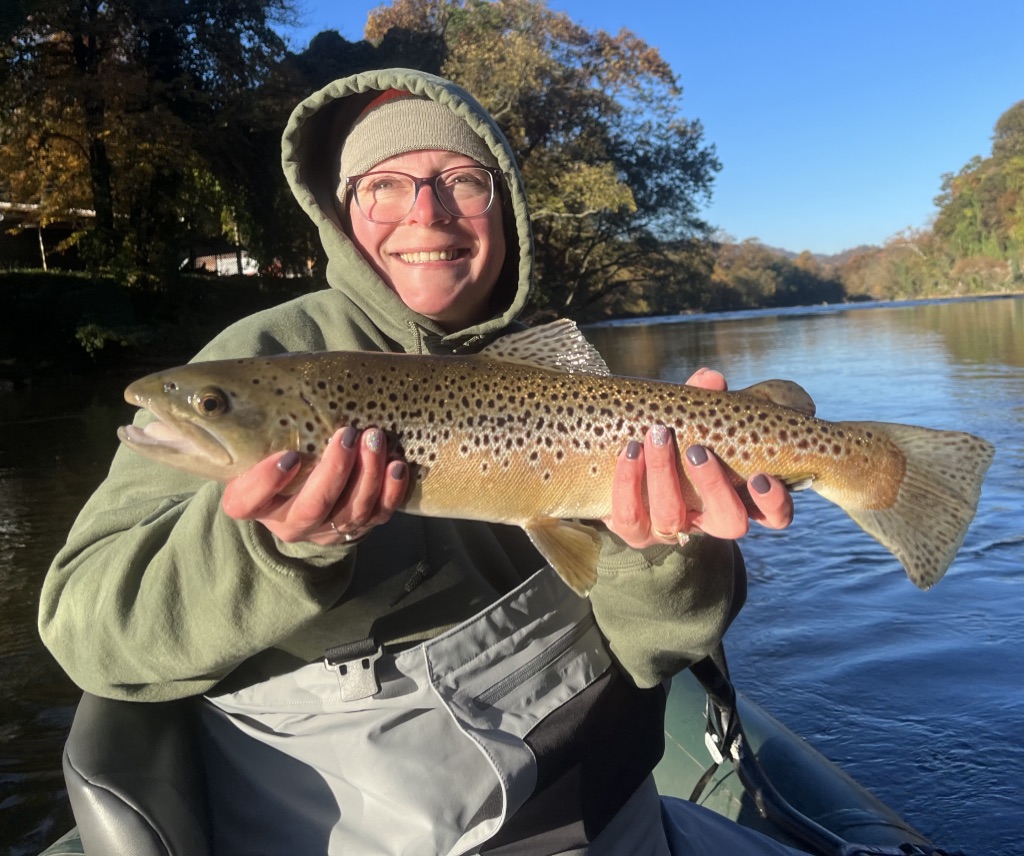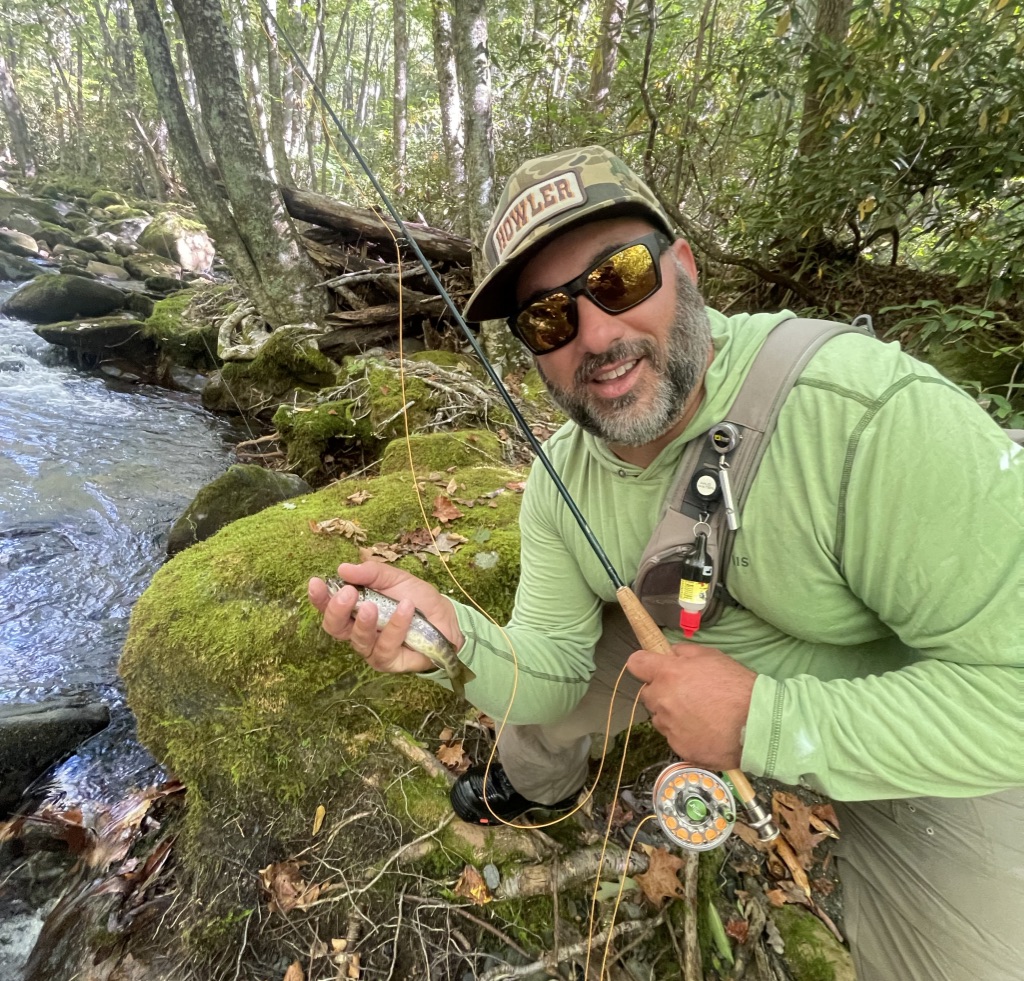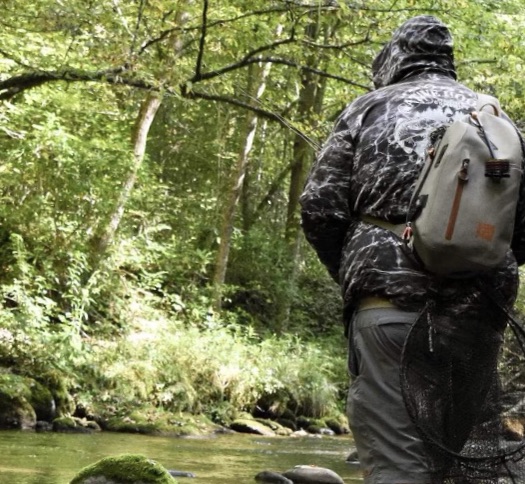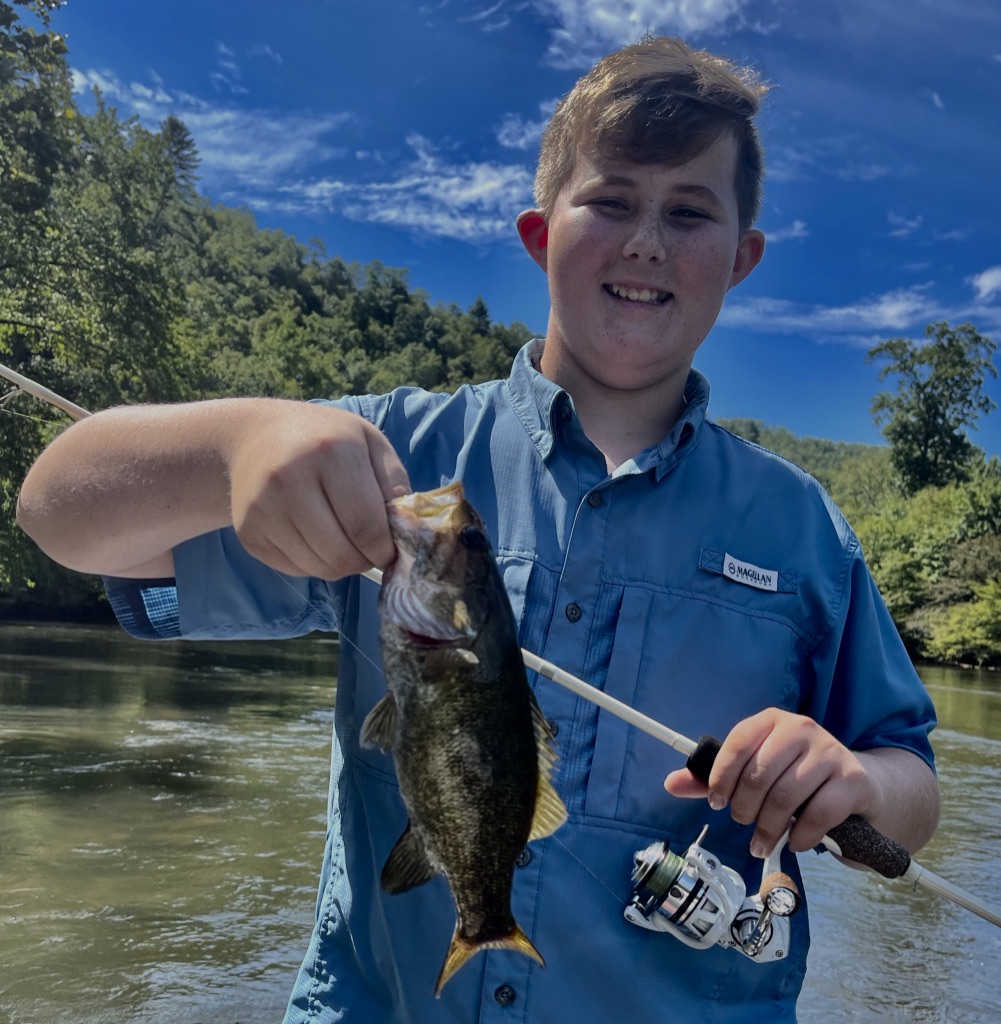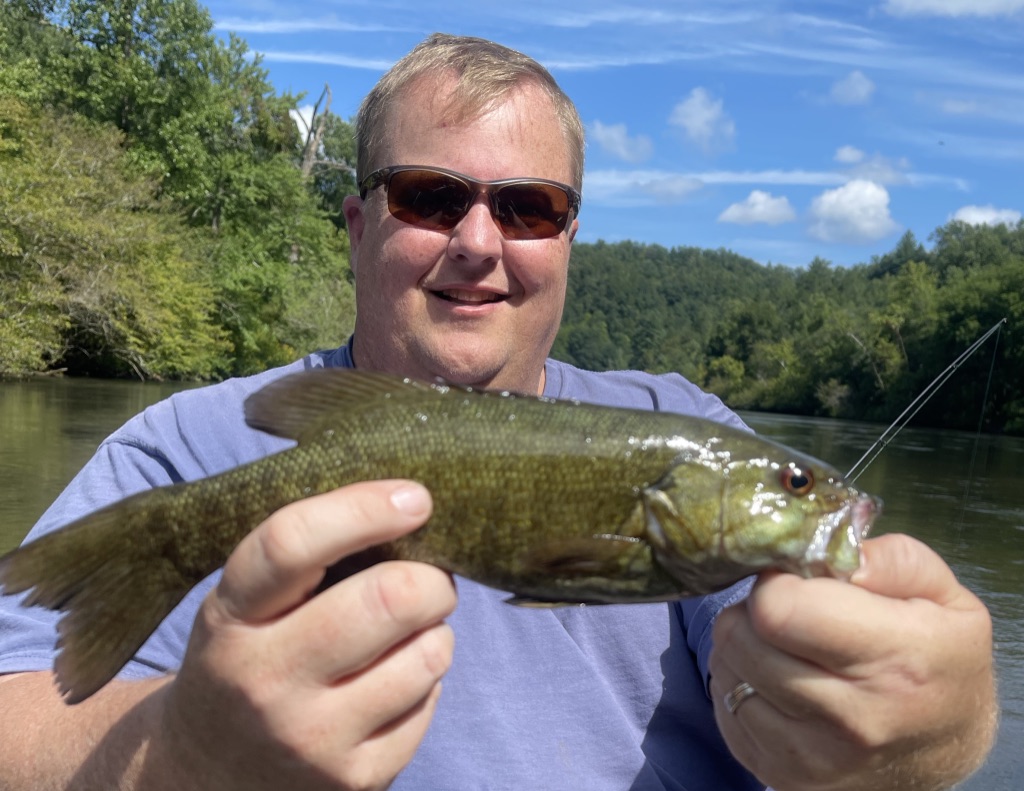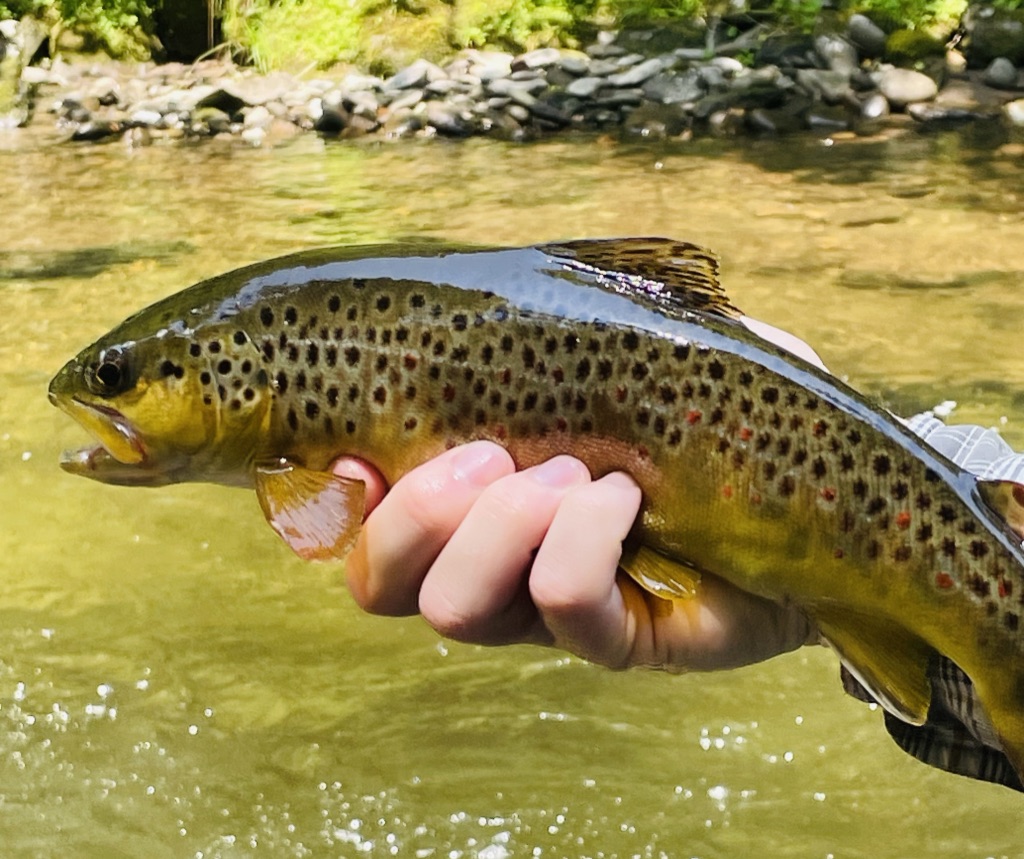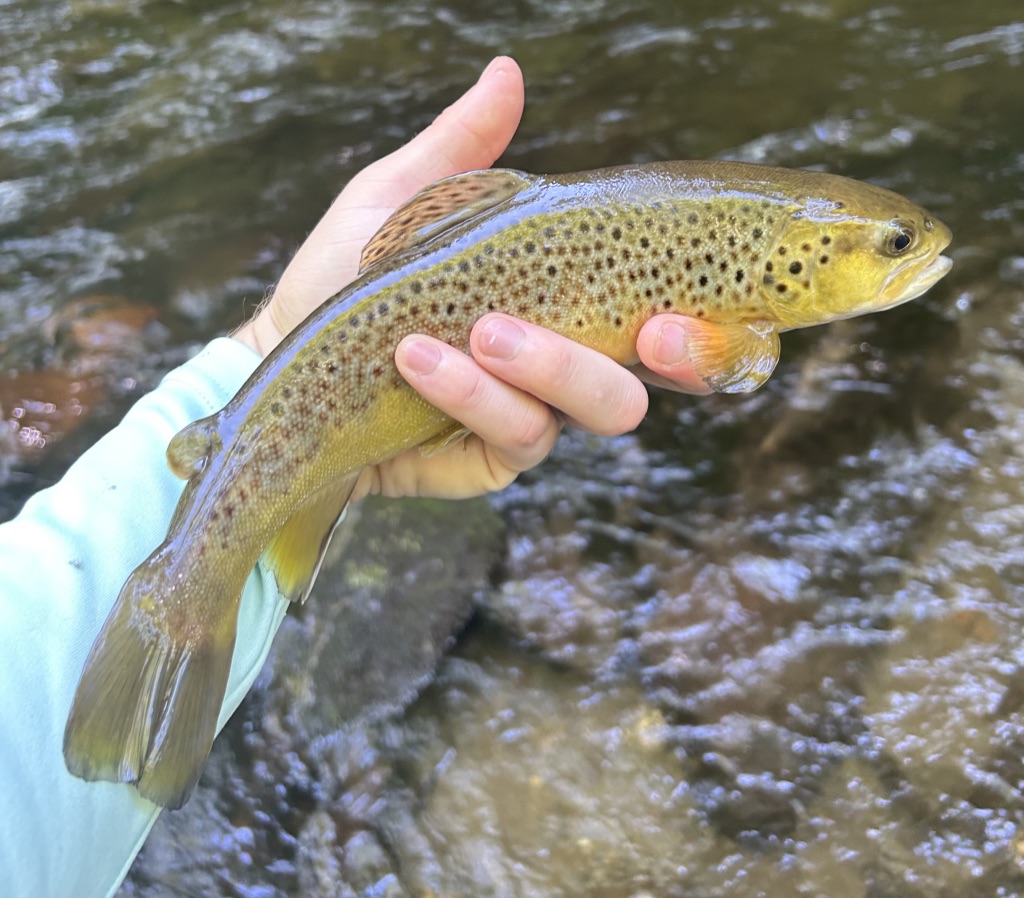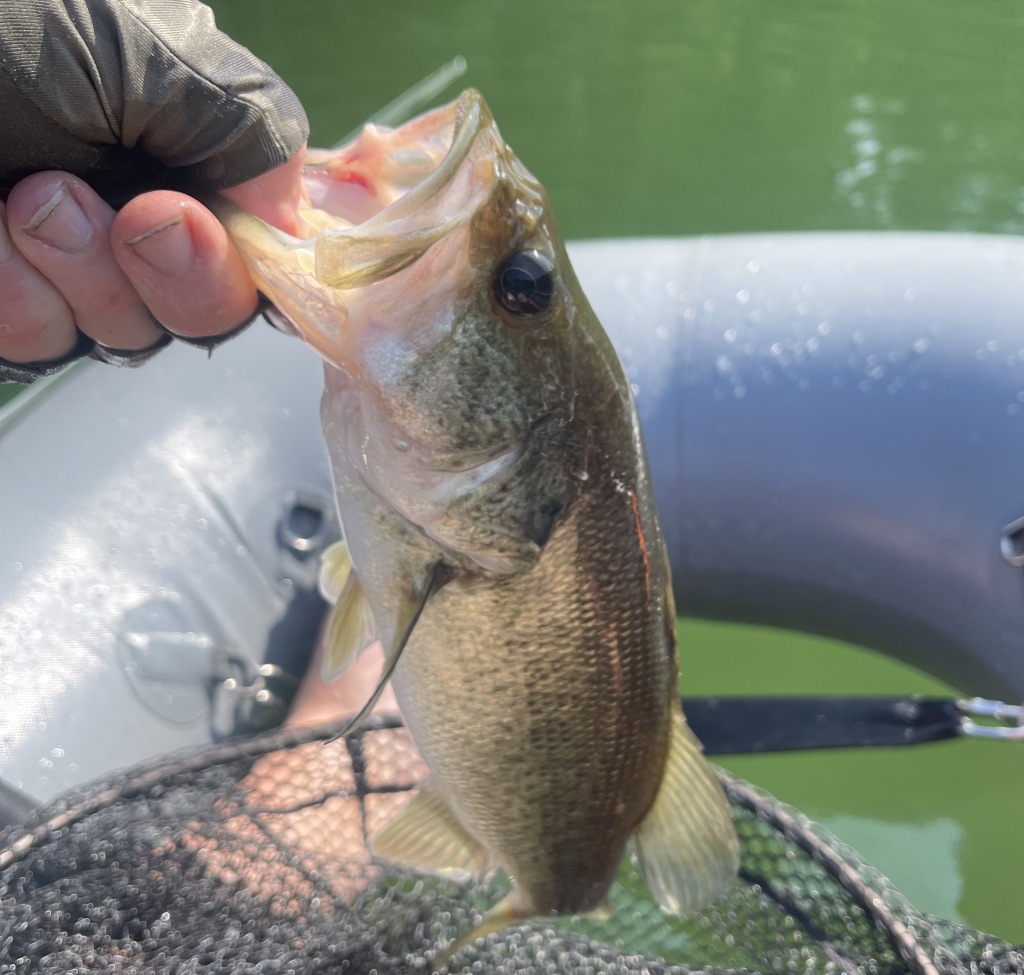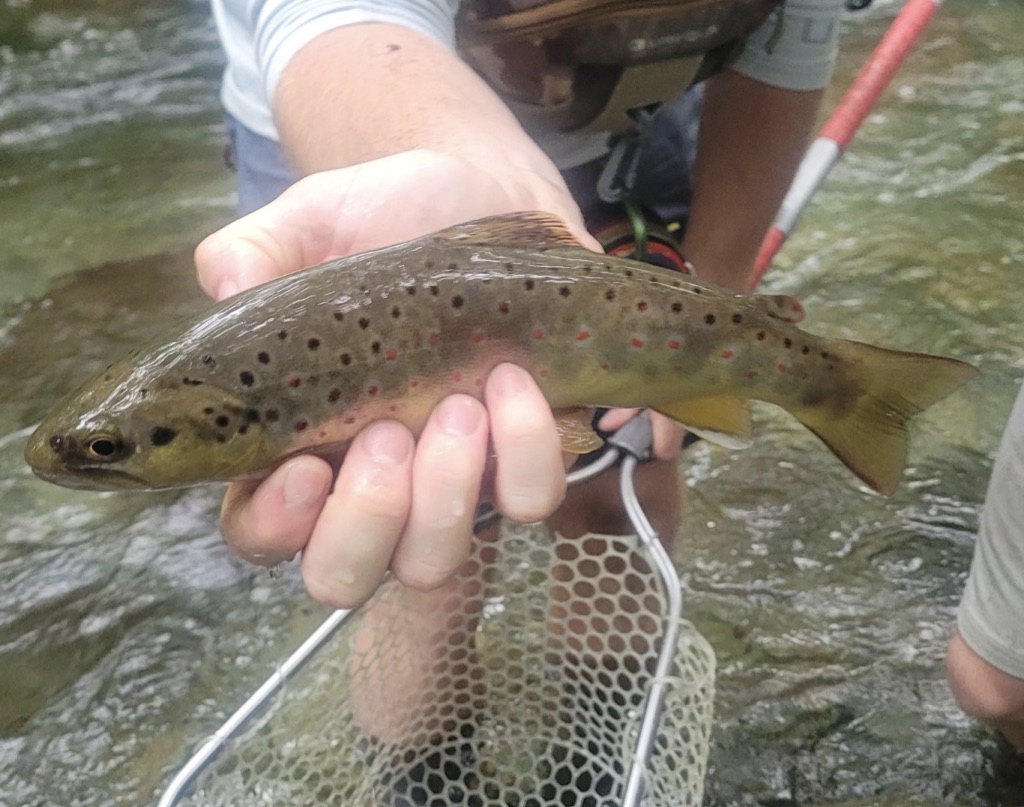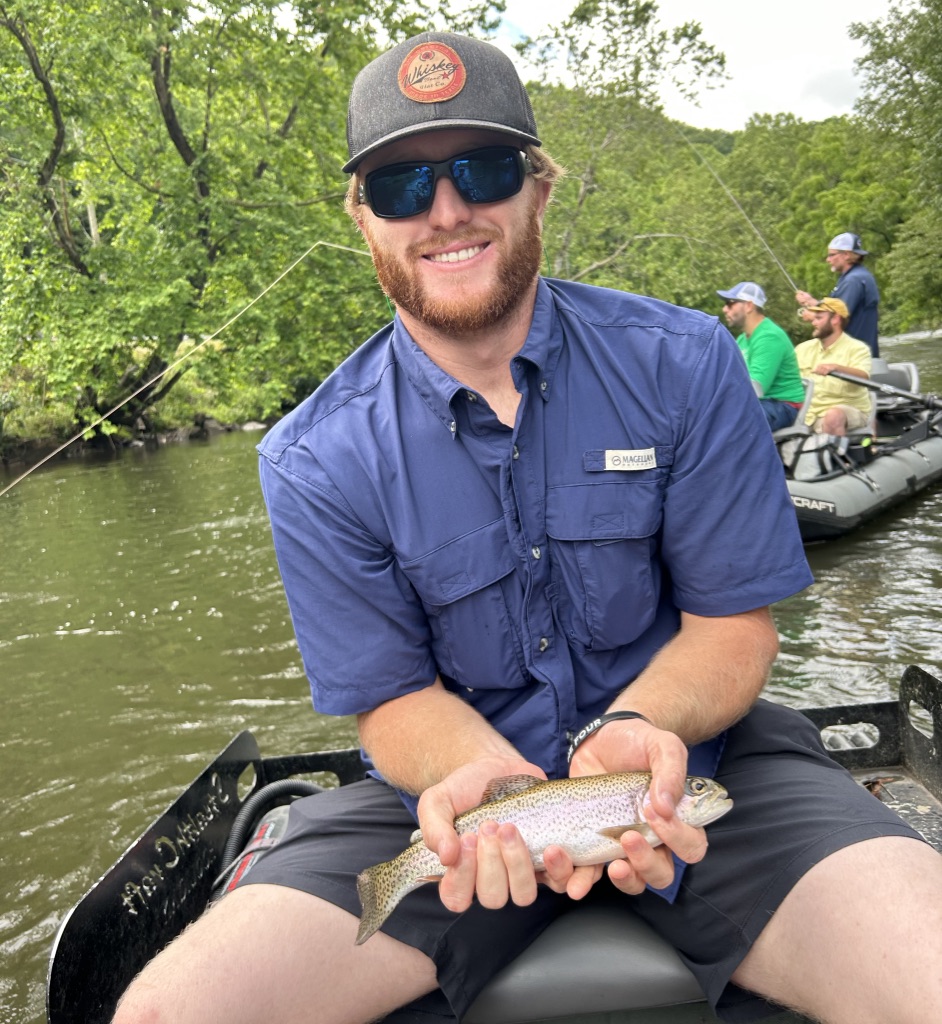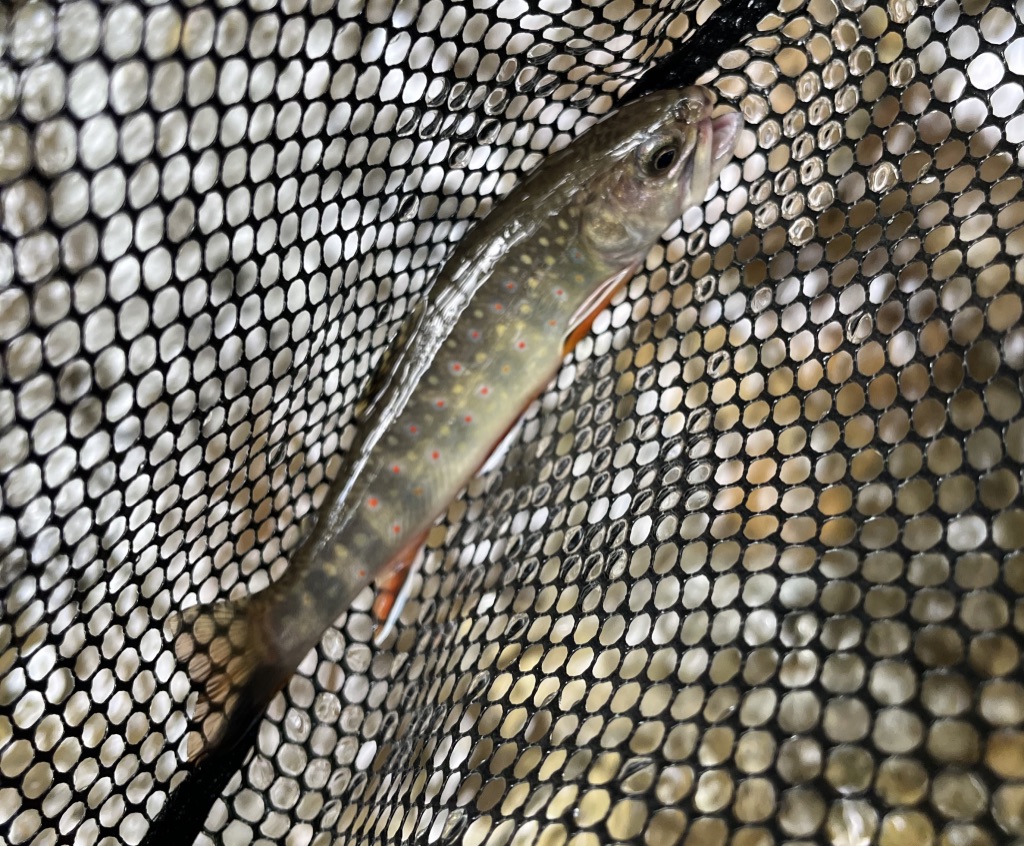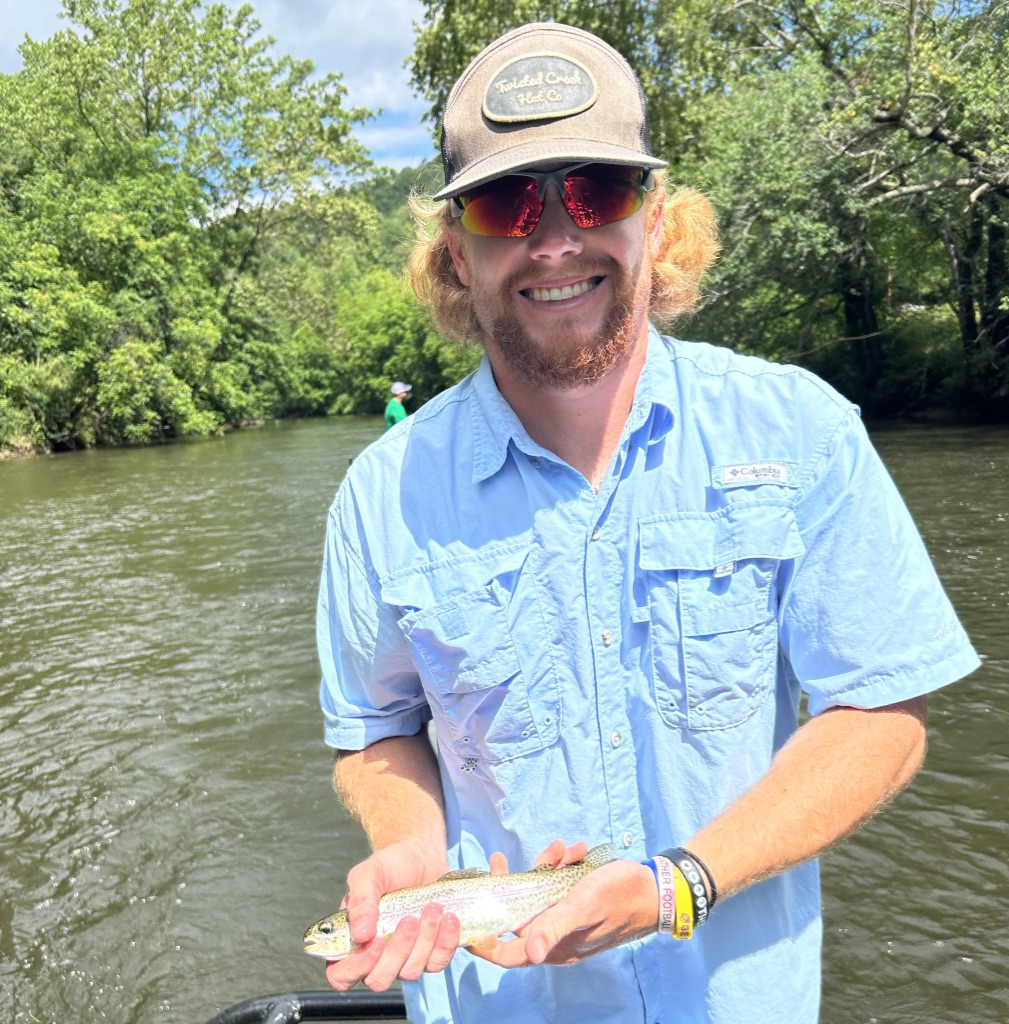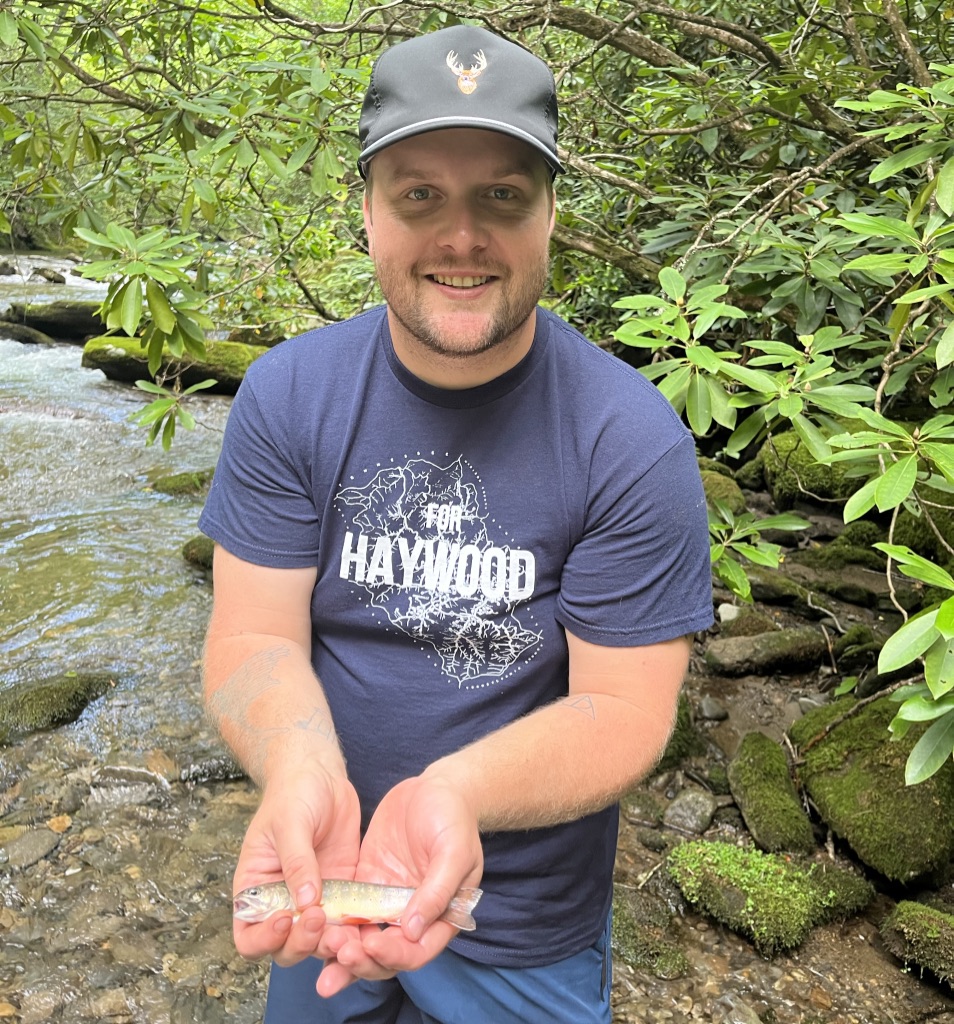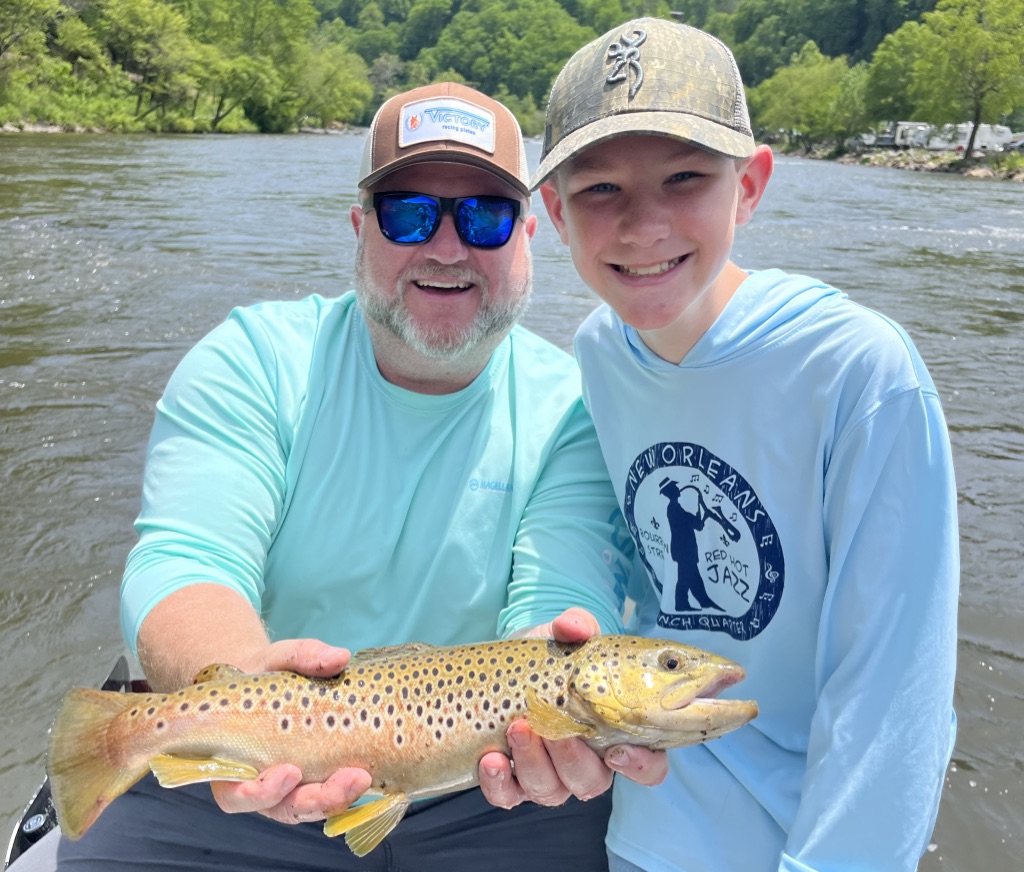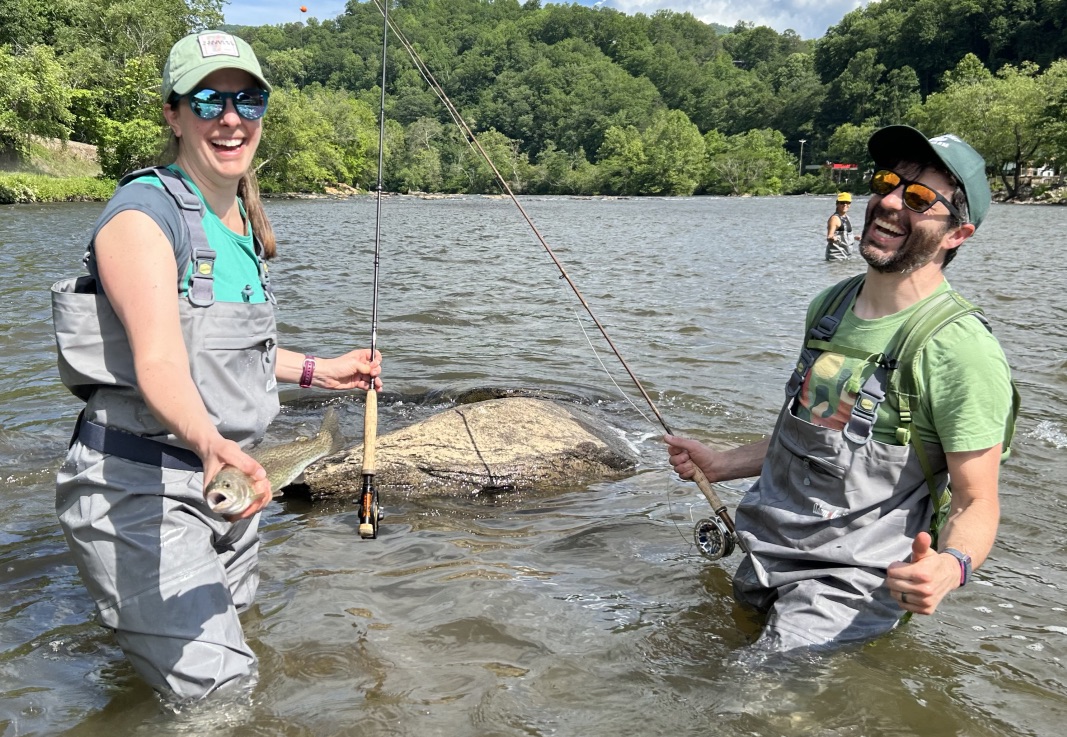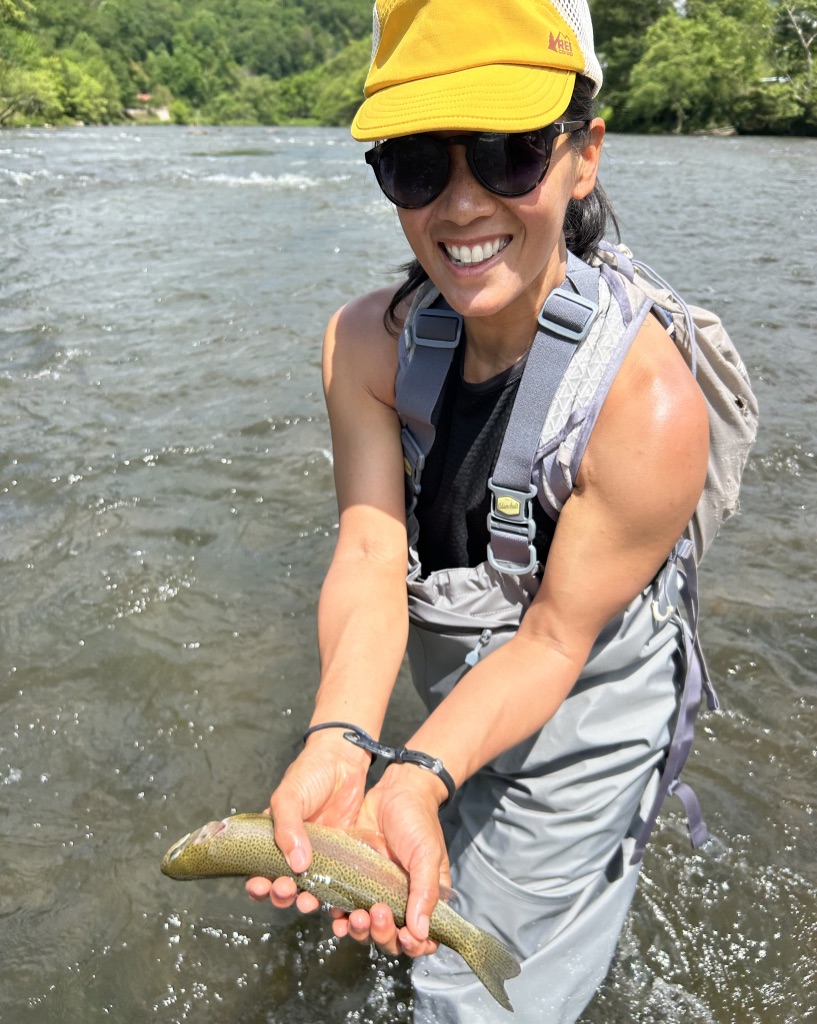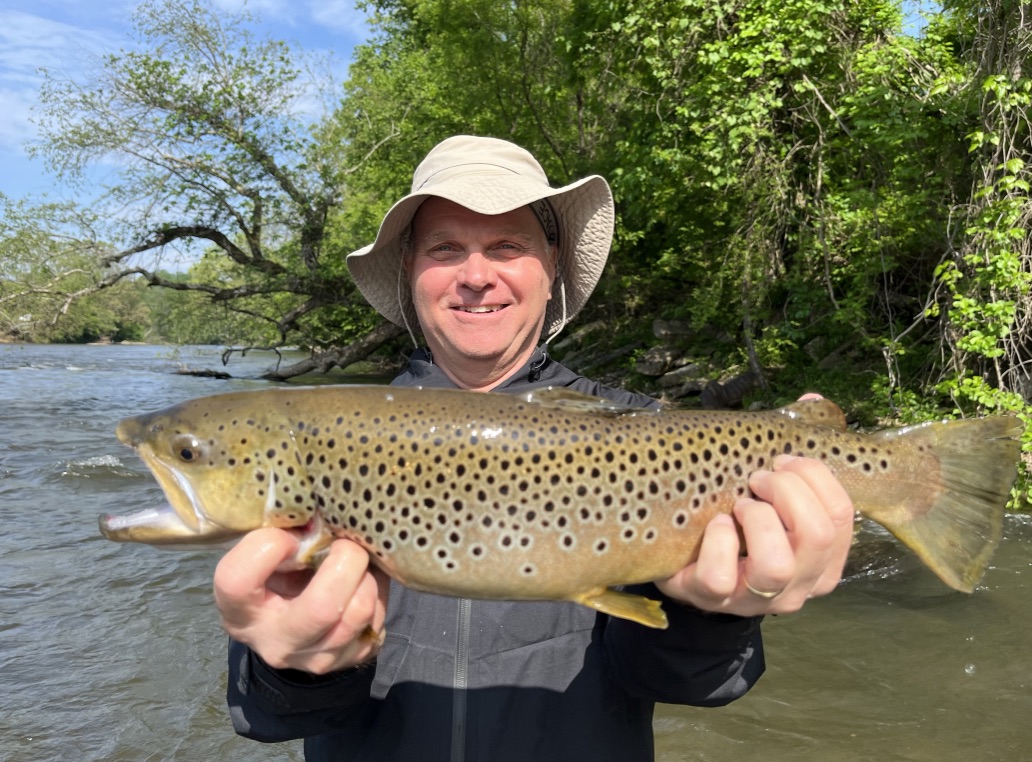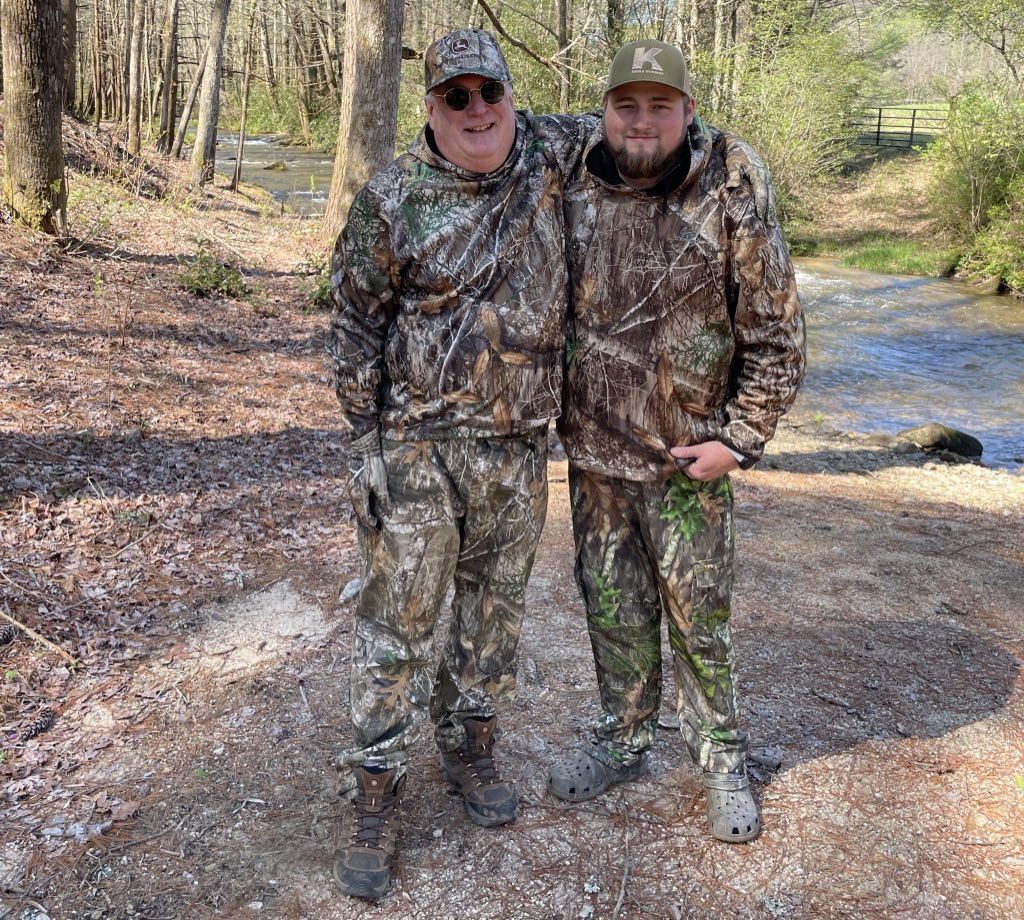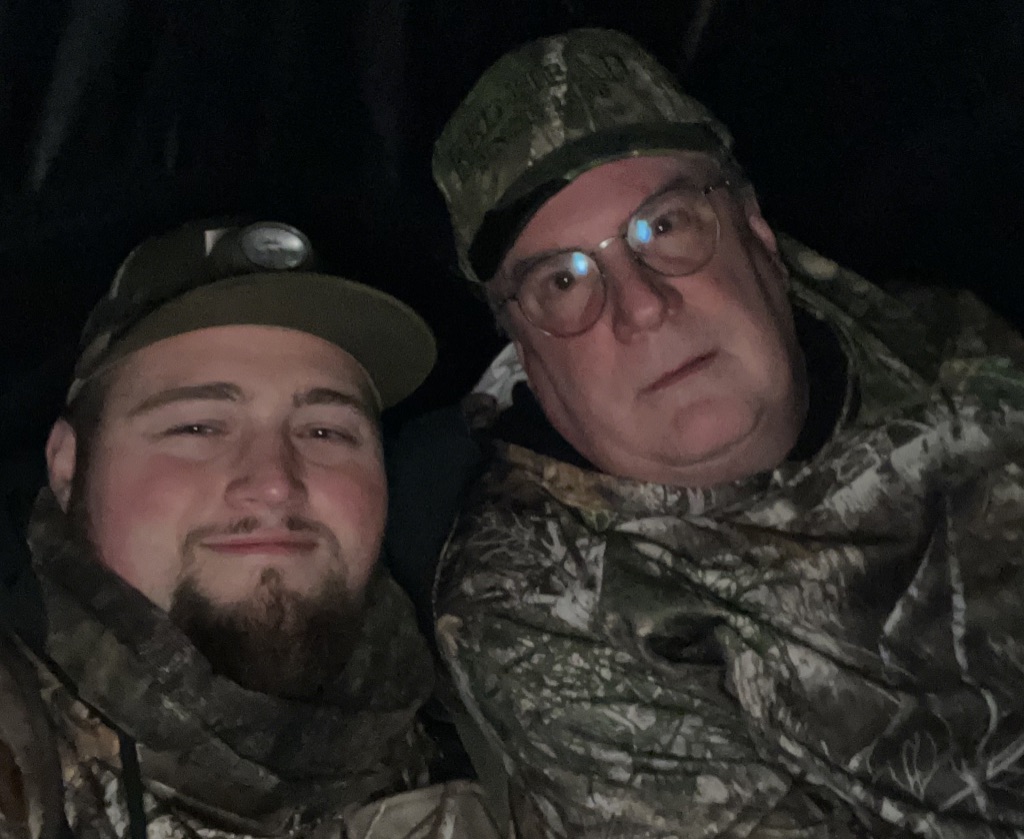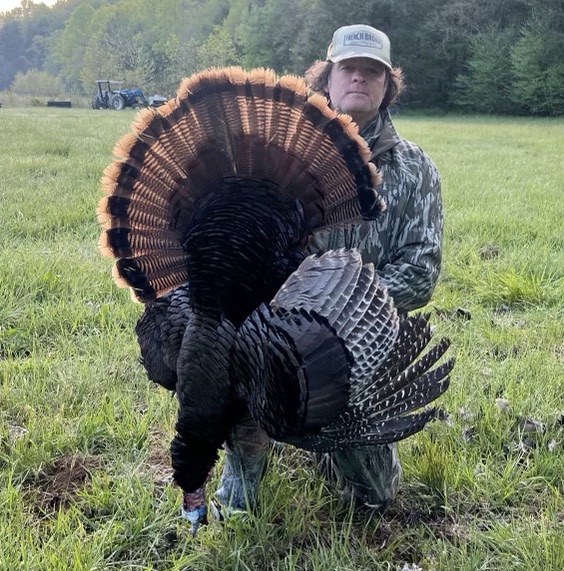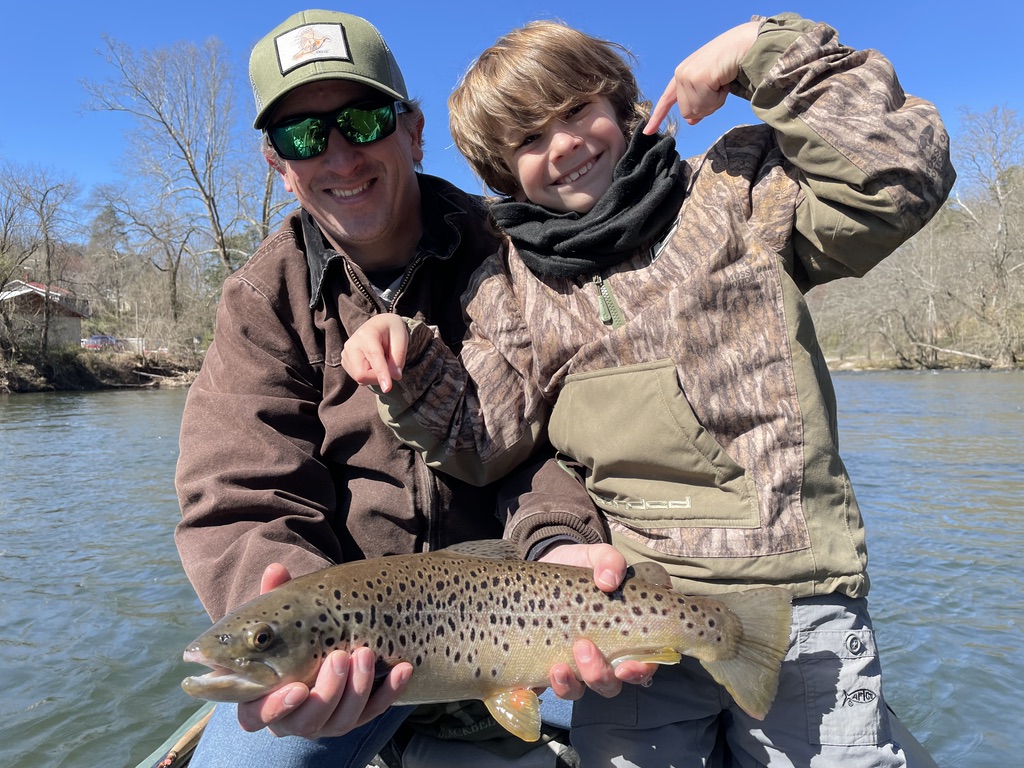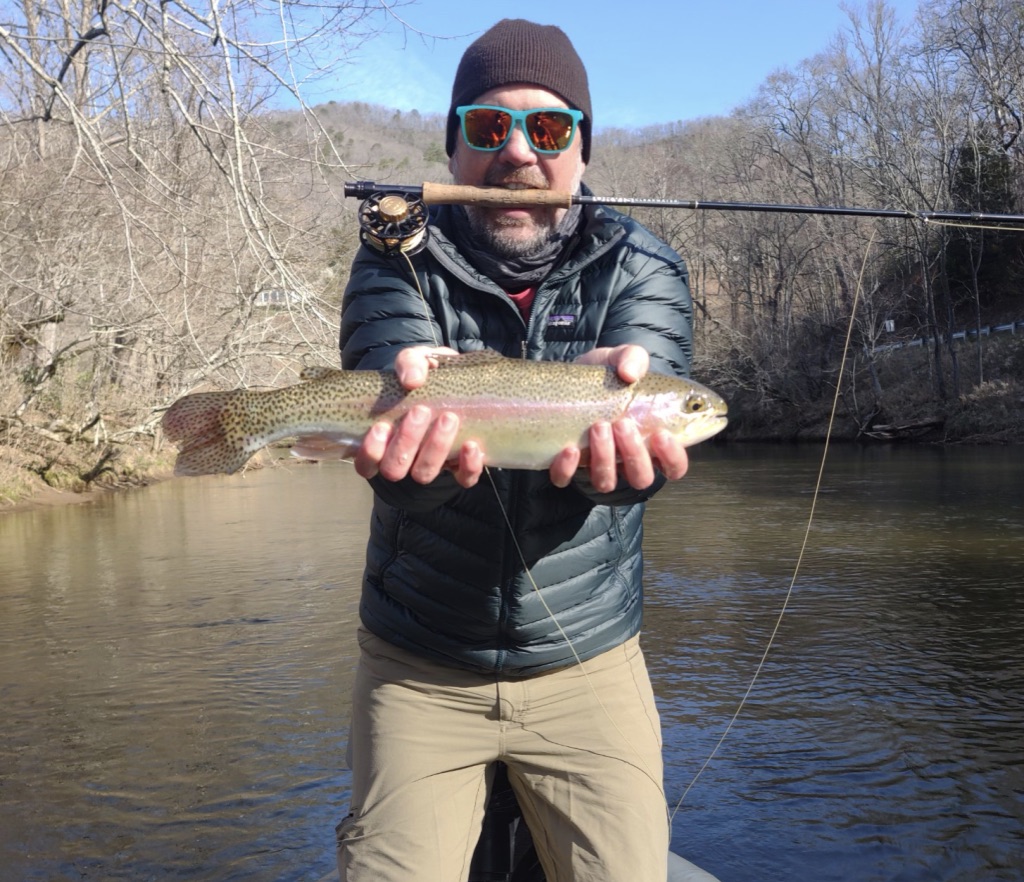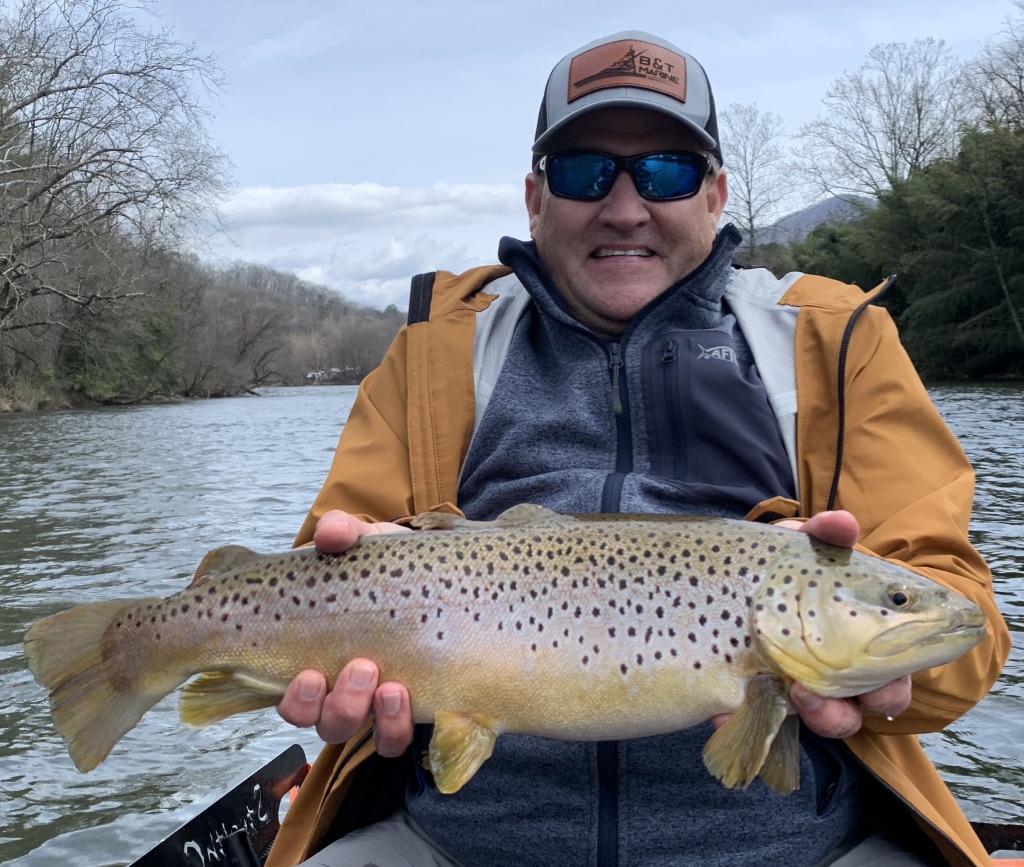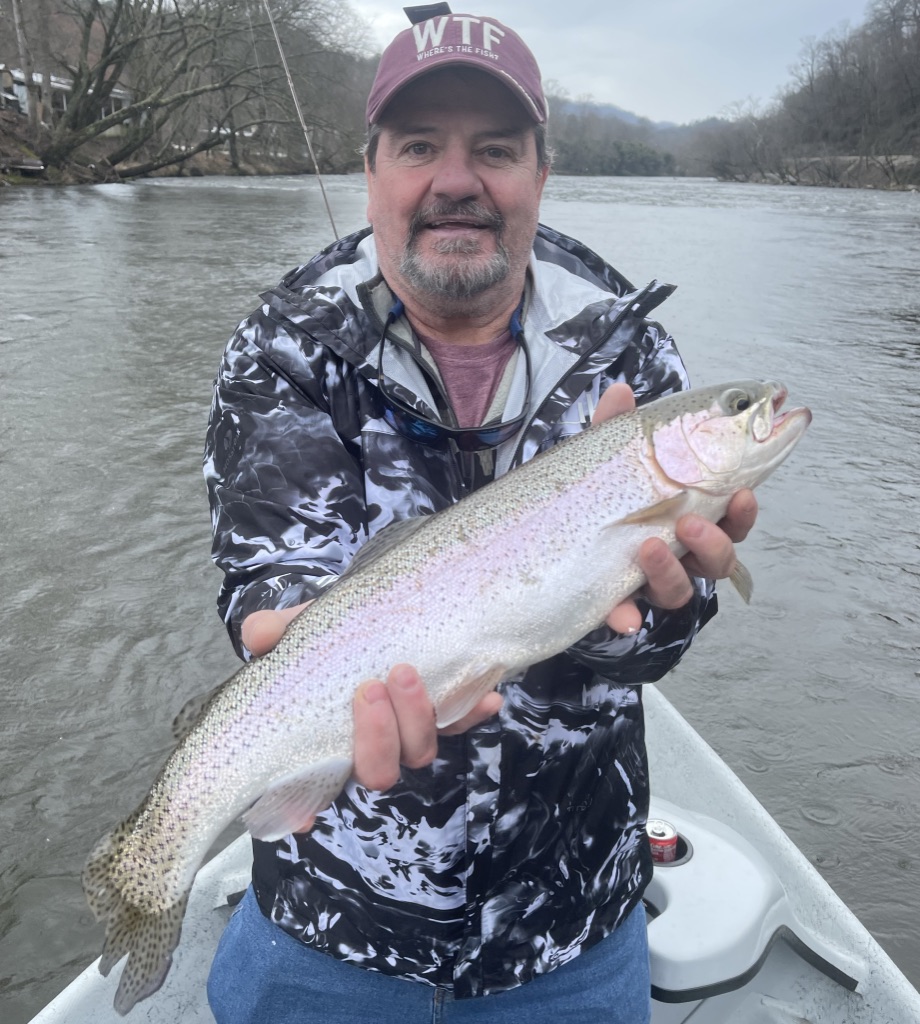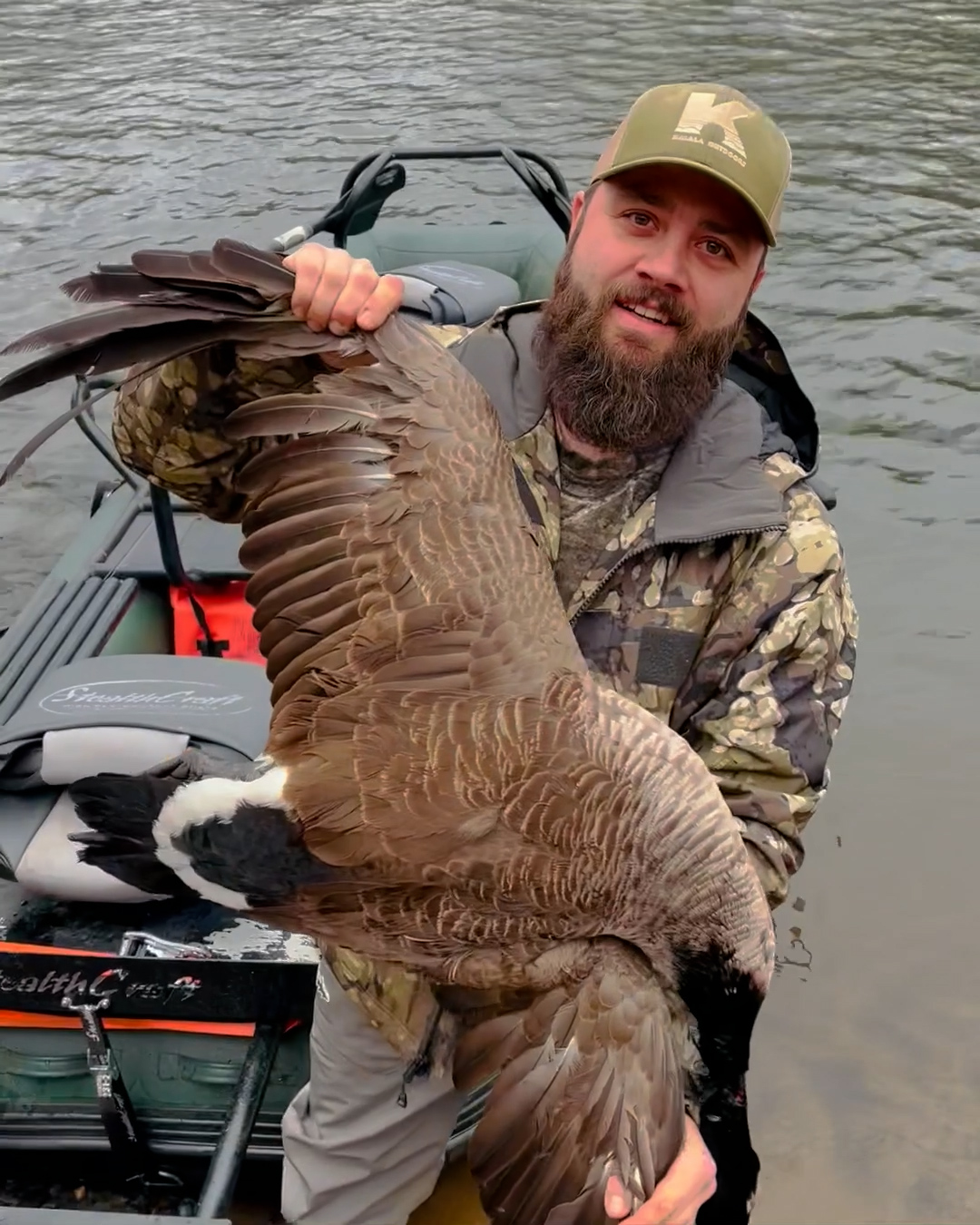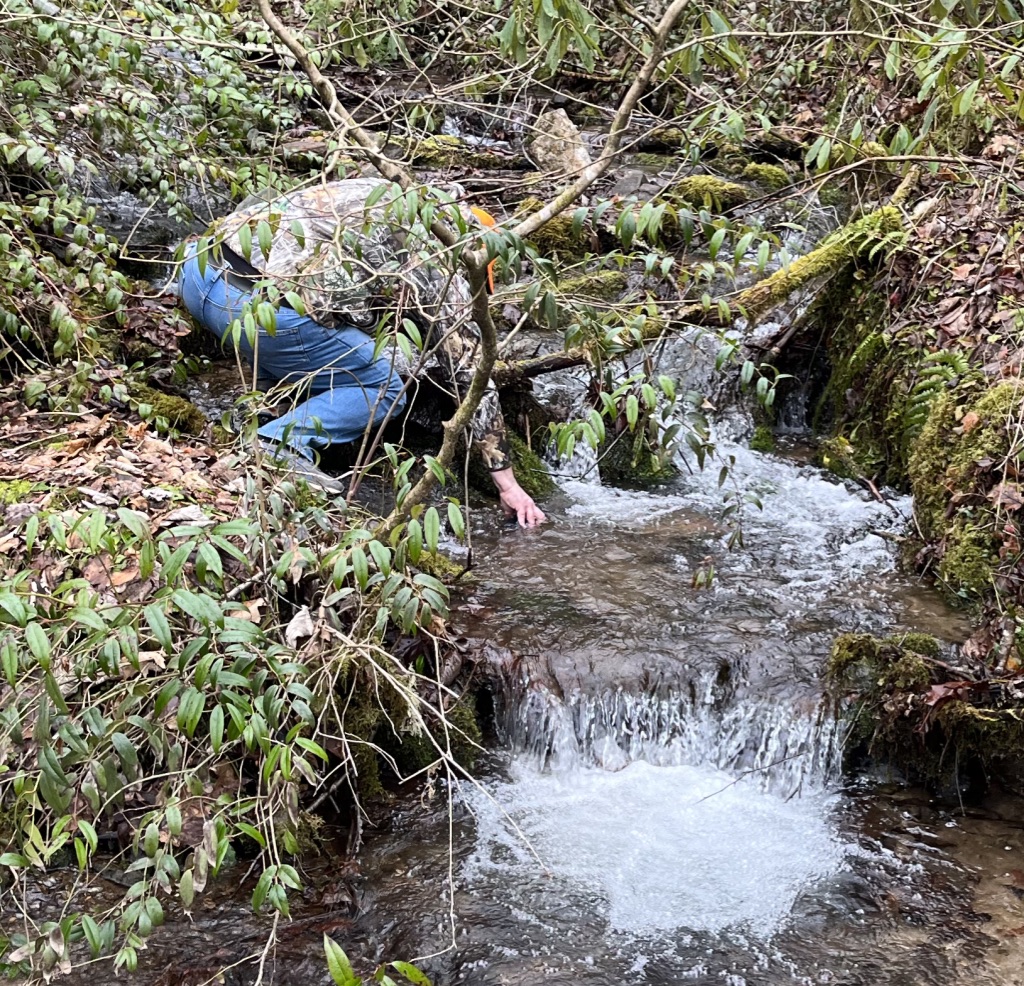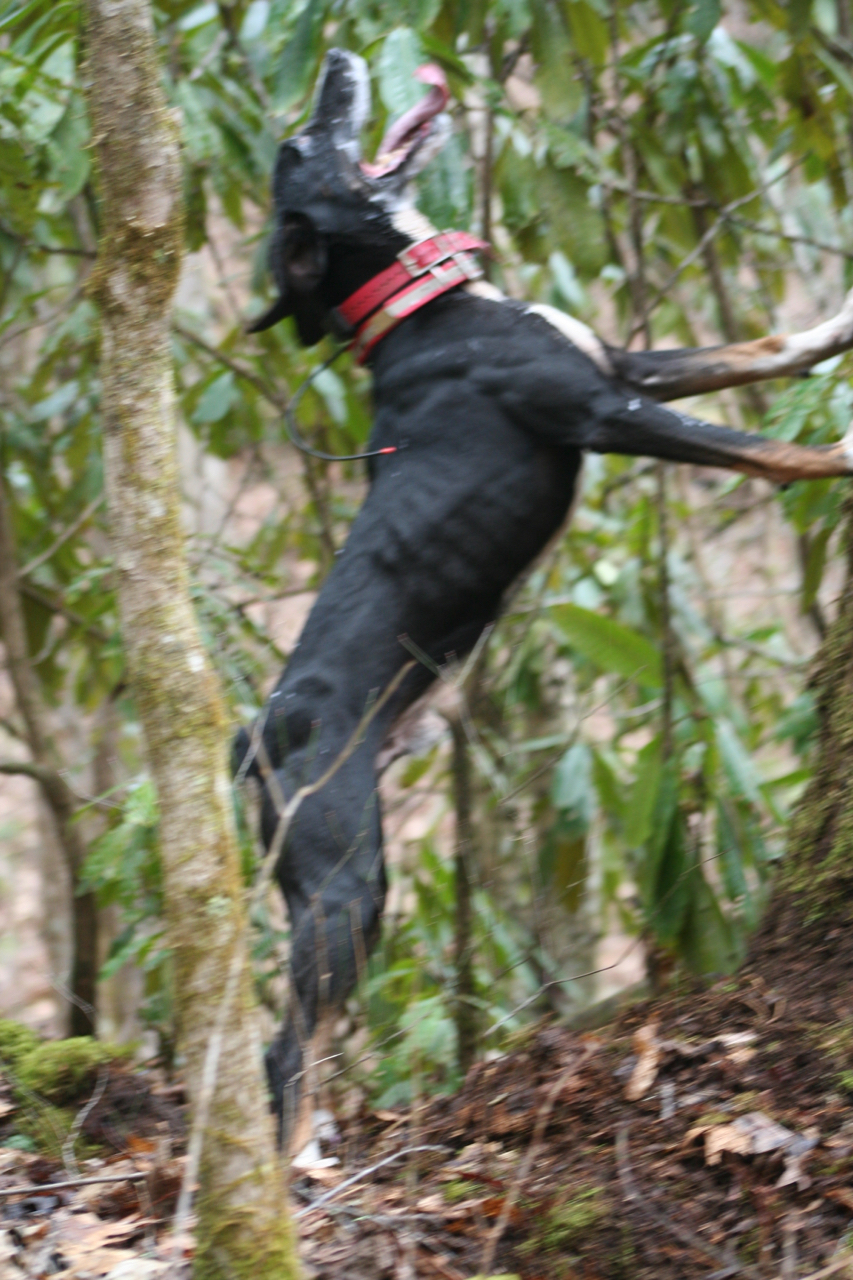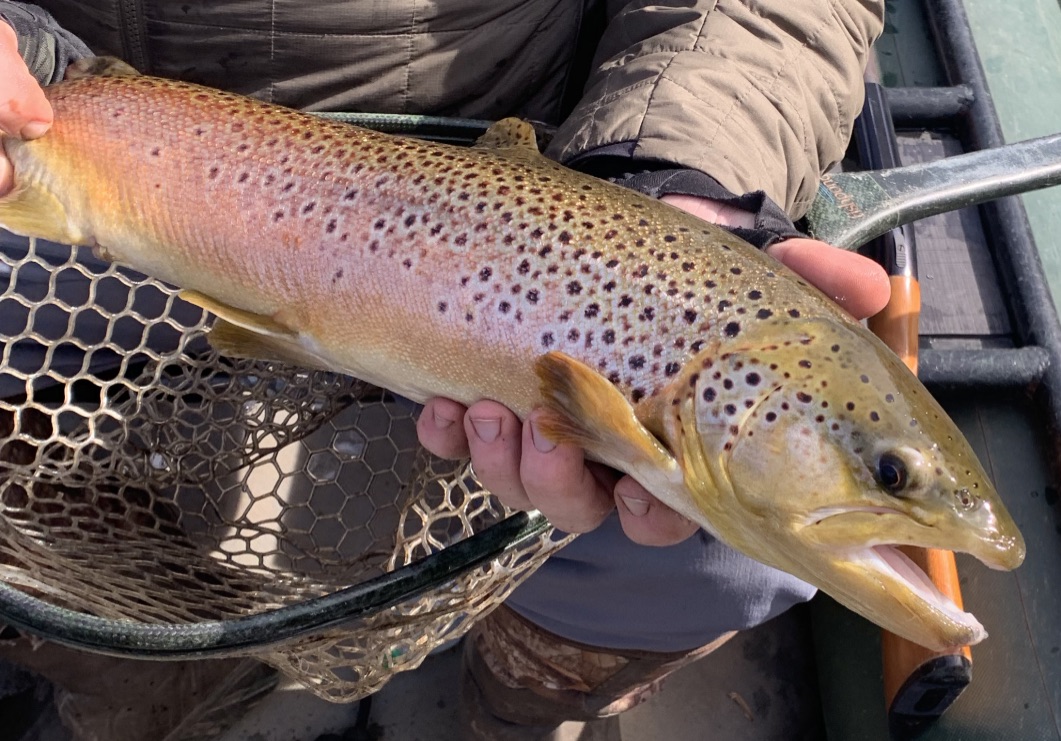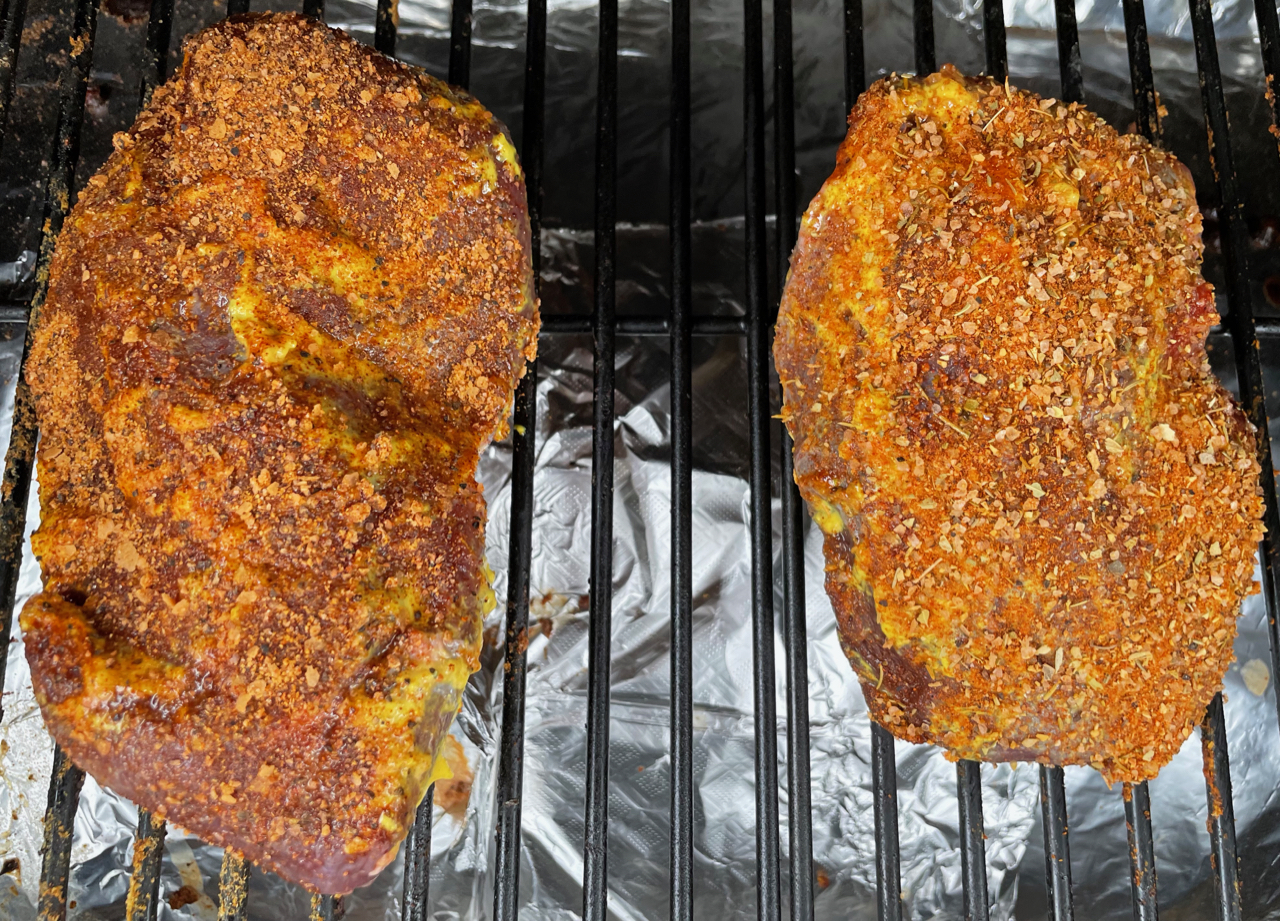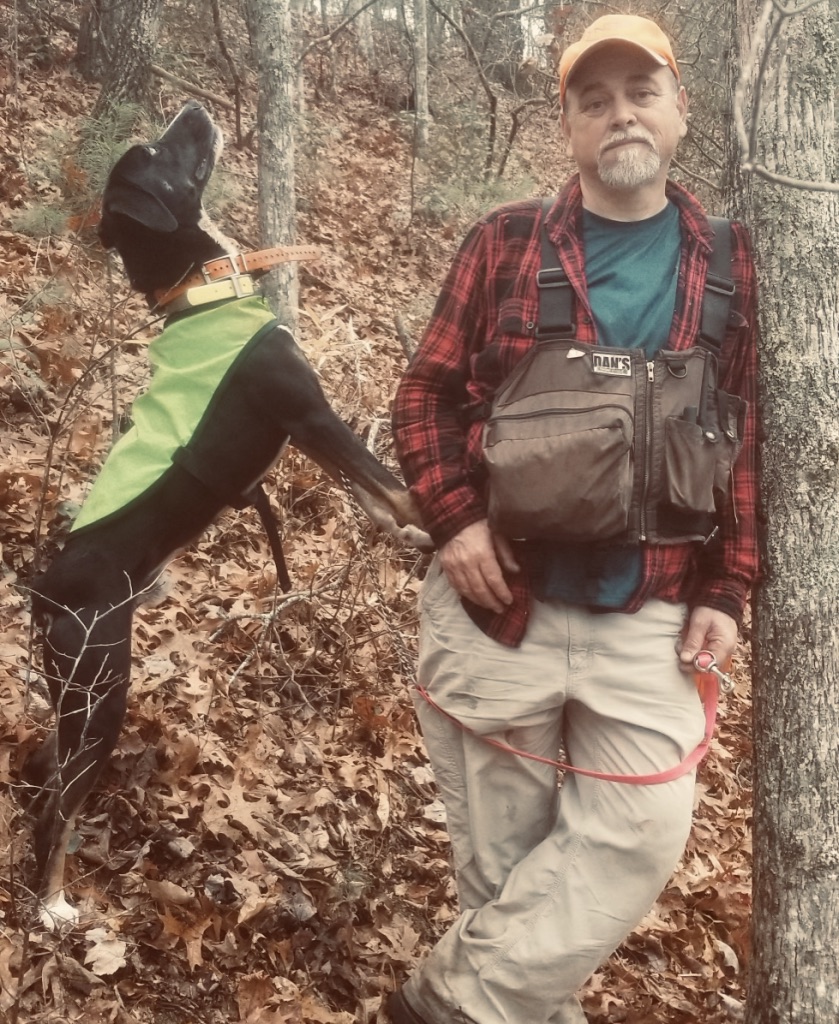We all need a mental break once in a while. The accumulation of twenty-first-century deadline pressures, technological distractions and information overload is enough to compromise anyone’s neural circuitry. For therapy, I slip into the woods to restore my connection with the natural world, opening myself up to nature’s unexpected surprises. The reward is priceless whether I’m alone or with friends, but my buddy James Lambert, a guide with Katala Outdoors, convinced me that the ultimate outdoor experience is hunting squirrels with a dog.
We had plans to hunt with James’s father, Jim, but unfortunately Thunder, their mountain cur, was nursing an injury. So, James and I headed out to the lovely, picturesque community of Alarka, nestled in western North Carolina’s Great Smoky Mountains, to talk hunting with Jim, an expert who’s won numerous squirrel-dog competitions with James.
On the front porch of Jim’s ranch-style home, shrouded in the mist that gave the Smokies its name, an adorable terrier with a white coat nudges my leg.
“That’s Cricket,” Jim says. “She’s a pet now, but she used to hunt with us.”
Cricket is a feist breed—a petite, athletic dog known for hunting squirrels, racoons and opossums. Feists pursue game by chasing their prey into trees and barking repeatedly to alert the hunter of their location. Jim recalls a crisp fall day roaming the woods with his grandfather and a feist who led them to a treed squirrel.
“I shot my first squirrel with my grandfather’s 12-gauge. It was the most exciting thing I had done. And I’ve still got that shotgun, so I can pass it down.”
The squirrels that Jim and his grandfather bagged usually wound up on the dinner table. The opossums and racoons they shot put money in the bank.
“You could get 3 to 5 dollars per possum hide,” Jim explains with a disarming smile. “Coon hides would bring 15 to 20 dollars. We’d skin ‘em, put ‘em in a bread bag and throw ‘em in the deep freezer. That’s how our buyer wanted them.”
The father-son duo entered their first squirrel-dog competition when James was sixteen years old. The rules for these tournaments are complex and detailed, but the objective is to determine which dog can tree squirrels the quickest. Competitors pay an entry fee, and the tournaments begin with the dogs and their handlers separating into groups of three (casts) who compete for ninety minutes. Points are assigned for first, second and third place for each treeing round. Through multiple hunts and a process of elimination, an overall winner is determined. The dogs wear GPS collars for tracking purposes, and it’s important to mark your truck on the map before the hunt in case you get turned around in the woods.
“Competitive hunting is like gambling,” James explains. “Things can change in the blink of an eye. You have an hour and a half. It’s your dog against two others.”

Despite the risks, the Lamberts have enjoyed huge tournament success. In 2018, they won the World Tree Dog Association’s (WTDA) World Championship with their dog Brandy. The following year, their dog Bubba placed second in the United Kennel Club (UKC) World Championship with Brandy coming in third. Brandy also won the World Bench Show at that tournament.
Jim bought Thunder when the dog was just a year old. At first, the young mountain cur wasn’t interested in squirrels. But the following year, Thunder treed the very first squirrel he encountered.
“A switch flipped on,” Jim recounts. “He became a squirrel dog then. He had the drive and some hum in him.”
Thunder went on to place second in the 2020 UKC World Championship, a nail-biter that came down to the final two seconds. According to Jim, keeping Thunder busy in the woods is critical to his success. He’s also a cold-weather dog who’s prone to heat exhaustion if he’s not adequately hydrated. During recreational and competitive hunts, his handlers must carry plenty of water to sustain him for several hours.
“Thunder’s got two modes about him—hunting for pleasure and competition,” Jim explains. “When you put him with other dogs, he wants to be the first one out. He wants to lead. He wears himself out because he’s so competitive. He’s the most consistent dog we’ve ever had. Once he throws us some locate barks, we head to him. When he’s certain where the squirrel is, he’ll slam the tree.”

Many of the hunting spots for squirrels are also excellent for pursuing deer. And given the overlap between both hunting seasons, it’s necessary to know who’s in the woods. Squirrel hunters generally use shotguns and shoot vertically into treetops. But deer hunters mostly rely on rifles which are often shot horizontally. The potential for an accident increases when hunters aren’t careful and don’t take notice of vehicles parked outside game lands.
“Everyone’s got a license to hunt,” Jim notes. “But you’ve gotta be polite and safe. If there’s vehicles parked outside a spot, but no dog boxes on the trucks, then there’s deer hunters in the area. When we find a safe spot with no deer hunters, we leave the tailgate down so the dog box is visible.”
With today’s squirrel hunt postponed, James and I figured we’d spend the day cooking the eighty hindquarters he had thawing in the fridge. Squirrel is among the tastiest wild game I’ve ever eaten. With a steady diet of acorns and hickory nuts, these critters have a flavor that’s distinct and delicious. The meat is also a lean, healthy alternative to beef and pork, as well as the primary ingredient to legendary Southern staples like Brunswick Stew and Gumbo. Today, our plan was to fry forty hindquarters as an appetizer and use the rest for Jim Lambert’s Squirrel Gumbo if he gave us his recipe.
Friends, if you need a break from the daily grind, please book a squirrel-hunting trip with us before the season closes at the end of February. And keep in mind that Katala Outdoors also offers gift certificates.
Here’s to a Happy New Year of hunting and fishing!
Patrick Ambrose
James Lambert’s Fried Squirrel Hindquarters
A perfect appetizer, more flavorful than chicken wings!
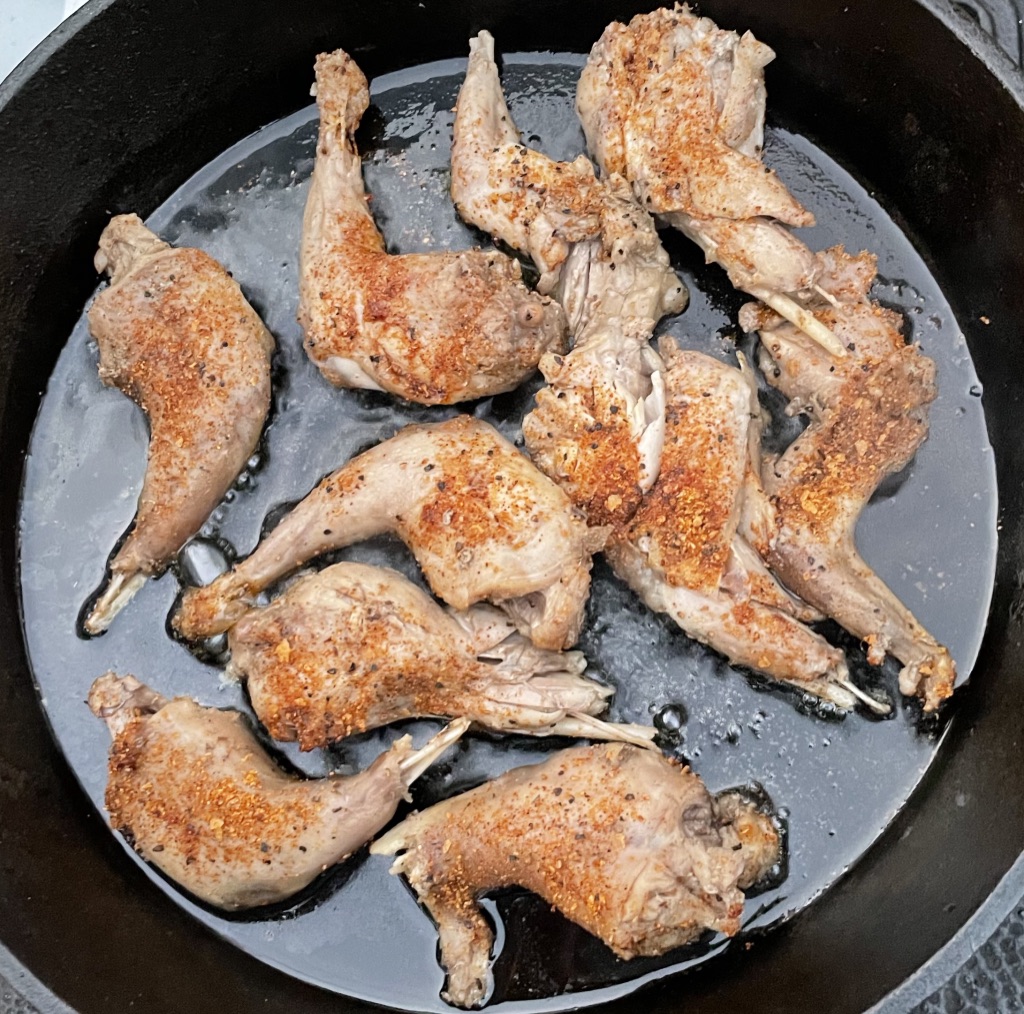
Preparation Time: 4 to 5 hours
Ingredients:
Twenty or more squirrel hindquarters
Pepper Palace Nashville Hot and Spicy Chicken Rub
3 tablespoons of vegetable oil
Steps:
Place thawed squirrel in a pot and cover with water. Boil hindquarters for 3 to 4 hours until tender, adding water when necessary.
Place a cast-iron skillet over medium heat and add vegetable oil. Dust both sides of each squirrel leg with Nashville Hot and Spicy Chicken Rub.
Fry hindquarters in vegetable oil five minutes per side until crispy.
Serve immediately.
Jim Lambert’s Squirrel Gumbo
A unique, delectable twist to a Cajun classic!
Preparation Time: 5 to 7 hours
Ingredients:
Twenty or more squirrel hindquarters
2 cans of cream of mushroom soup
Tony Chachere’s Creole Seasoning
1 bag of frozen gumbo vegetables
1 Vidalia Sweet Onion cut into chunks
1 pound of grilled Conecuh sausage
1 pound of cooked shrimp
1 box of wild rice
2 to 4 cups of water
Steps:
Place thawed squirrel in a pot and cover with water. Boil hindquarters for 3 to 4 hours until tender, adding water when necessary.
When hindquarters have cooled, strip the meat off the bones and set aside
Add cream of mushroom soup, two cups of water, frozen vegetables, onion, and squirrel meat to a slow cooker. Dust the mixture liberally with Tony Chachere’s Creole Seasoning. Cook for 1 ½ hours on high.
Then add shrimp, wild rice and more water if needed. Cook for an additional ½ hour on high.
Add grilled Conecuh sausage. If necessary, add another cup of water. Cook until rice is done.
Serve in bowls. Top with hot sauce if desired.
Lambert Family Taters
A hearty side dish for wild game!
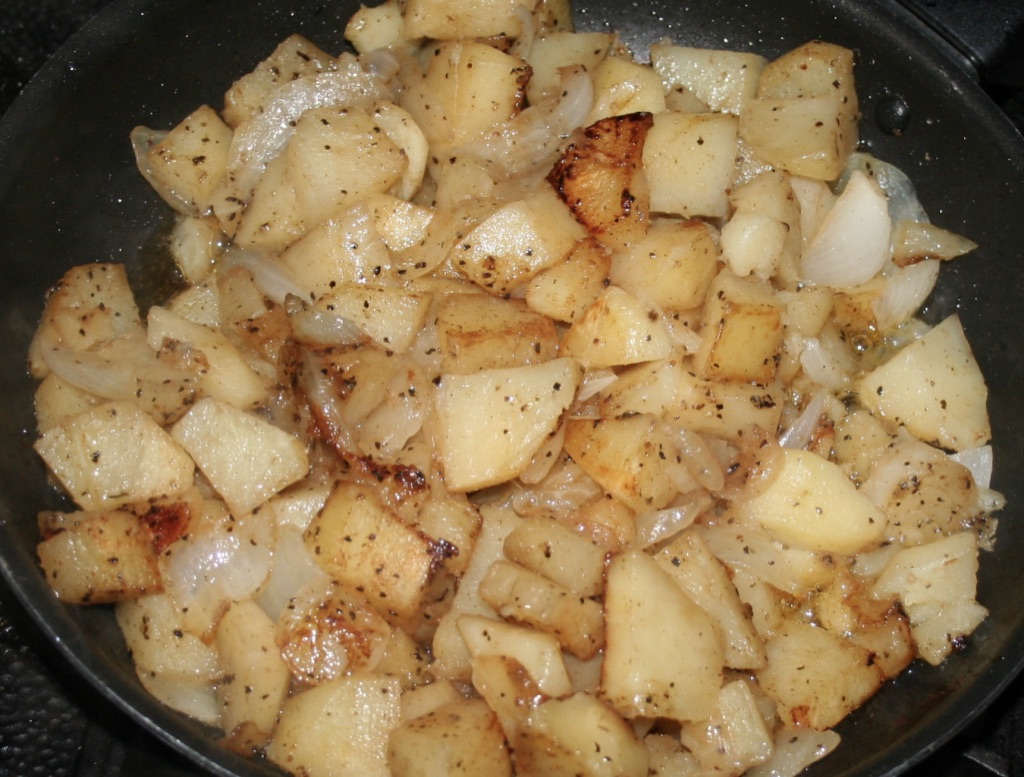
Ingredients:
2 pounds of Idaho potatoes, peeled and cut into 1-inch square pieces
1 Vidalia Sweet Onion cut into chunks
Texas T Bone’s seasoning
Freshly ground black pepper
3 tablespoons of vegetable oil
Steps:
Add vegetable oil to a cast-iron skillet over medium heat
Add potatoes and onions. Dust with seasoning and black pepper
Fry until crispy.
Serve immediately.
Bon Appétit!
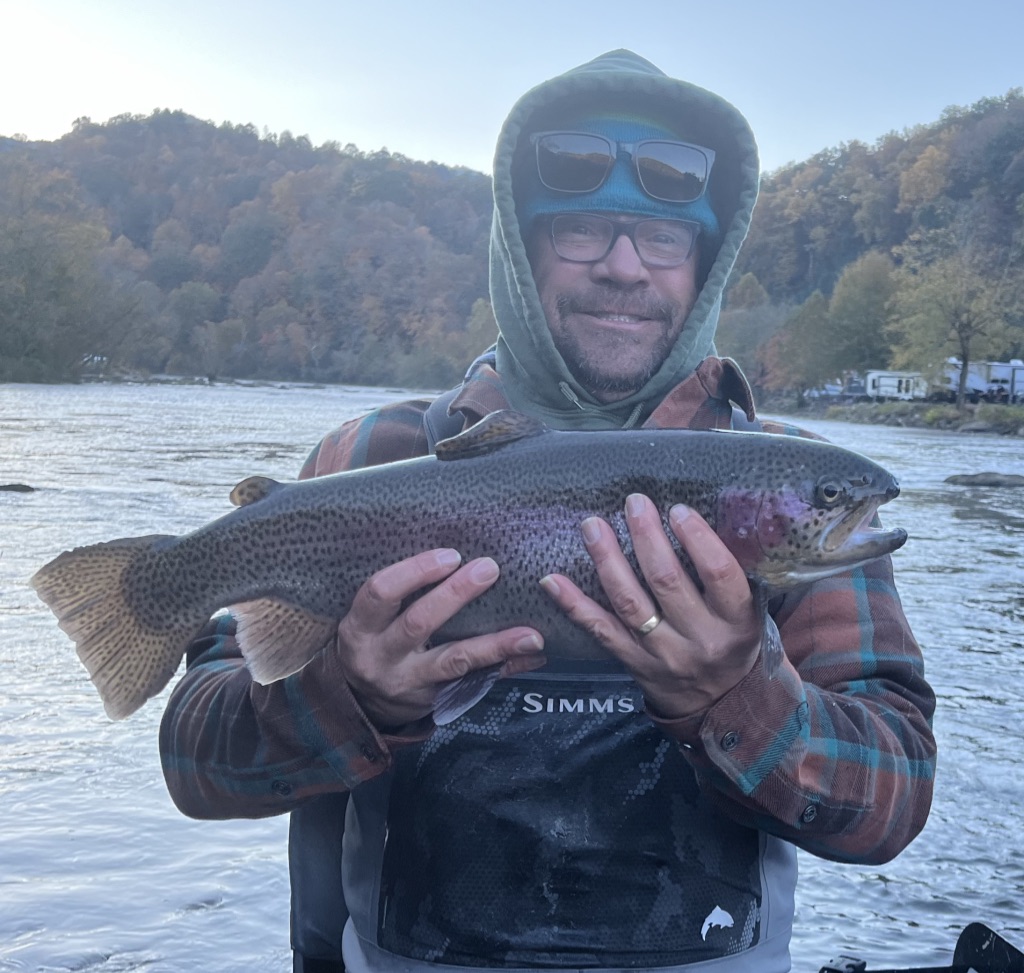 On November 2, the North Carolina Wildlife Resources Commission (NCWRC) stocked the Tuck for the final time this calendar year. Since then, the trout have been smacking our nymphs and streamers from mid-morning till sundown. Over the past couple of weeks, we’ve guided an array of anglers, some of whom never held a flyrod, and they’ve brought in hefty rainbows and brown trout while wading and floating with us. On a walk-and-wade trip, a family of five pulled in more that 20 fish on a half-day outing.
On November 2, the North Carolina Wildlife Resources Commission (NCWRC) stocked the Tuck for the final time this calendar year. Since then, the trout have been smacking our nymphs and streamers from mid-morning till sundown. Over the past couple of weeks, we’ve guided an array of anglers, some of whom never held a flyrod, and they’ve brought in hefty rainbows and brown trout while wading and floating with us. On a walk-and-wade trip, a family of five pulled in more that 20 fish on a half-day outing.